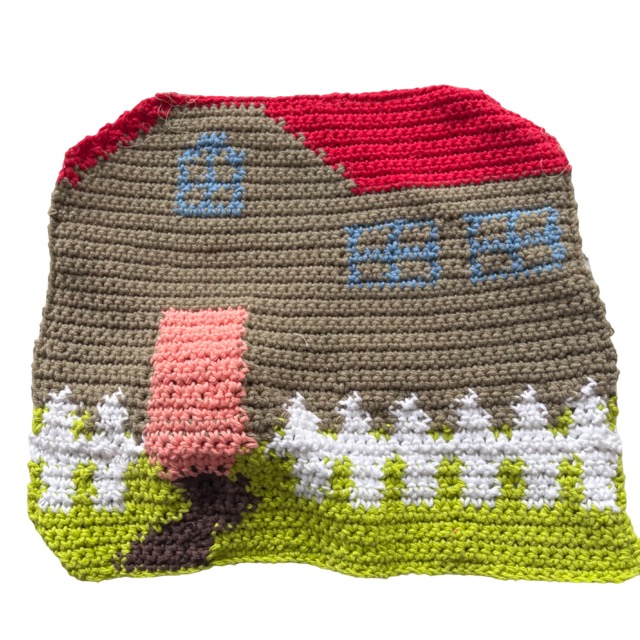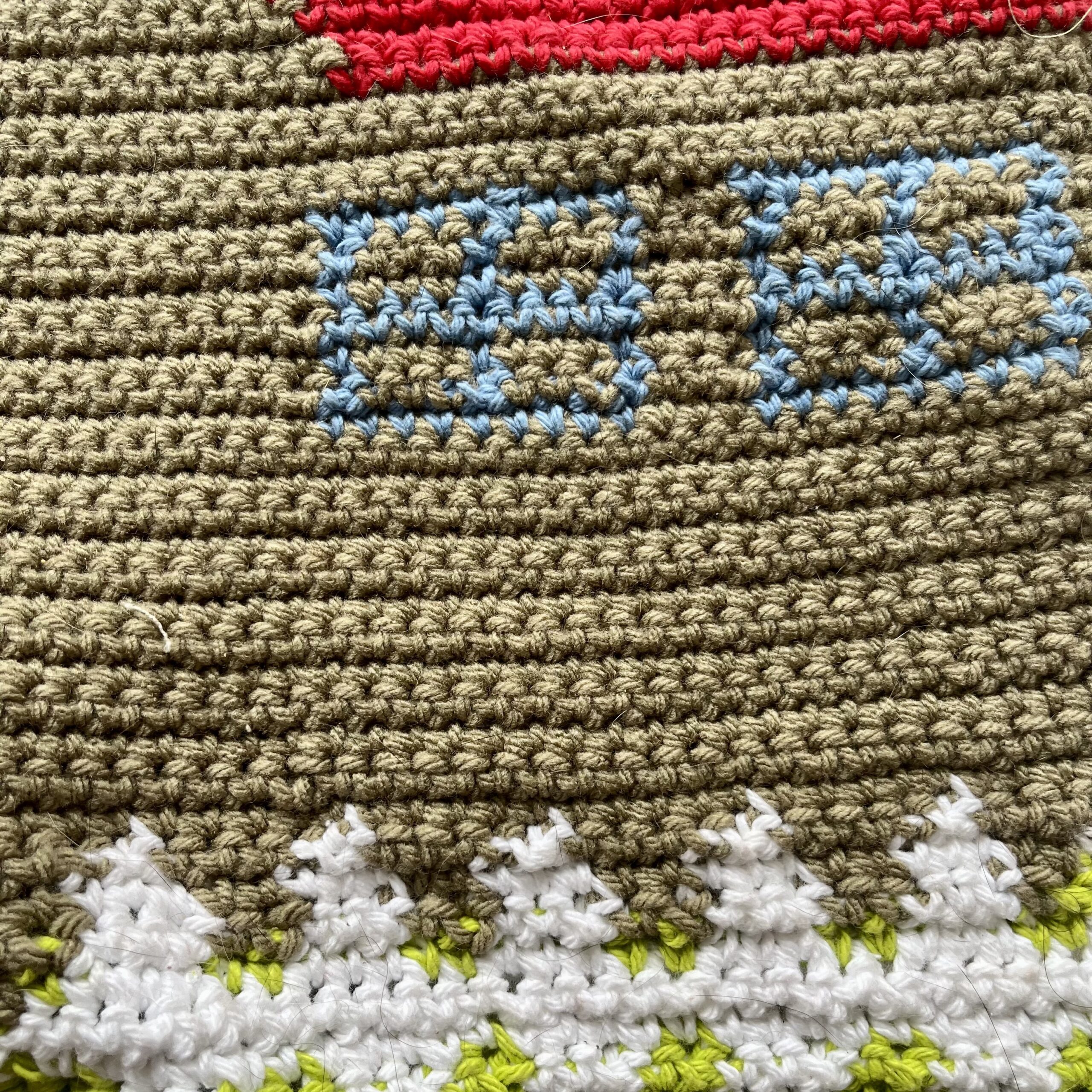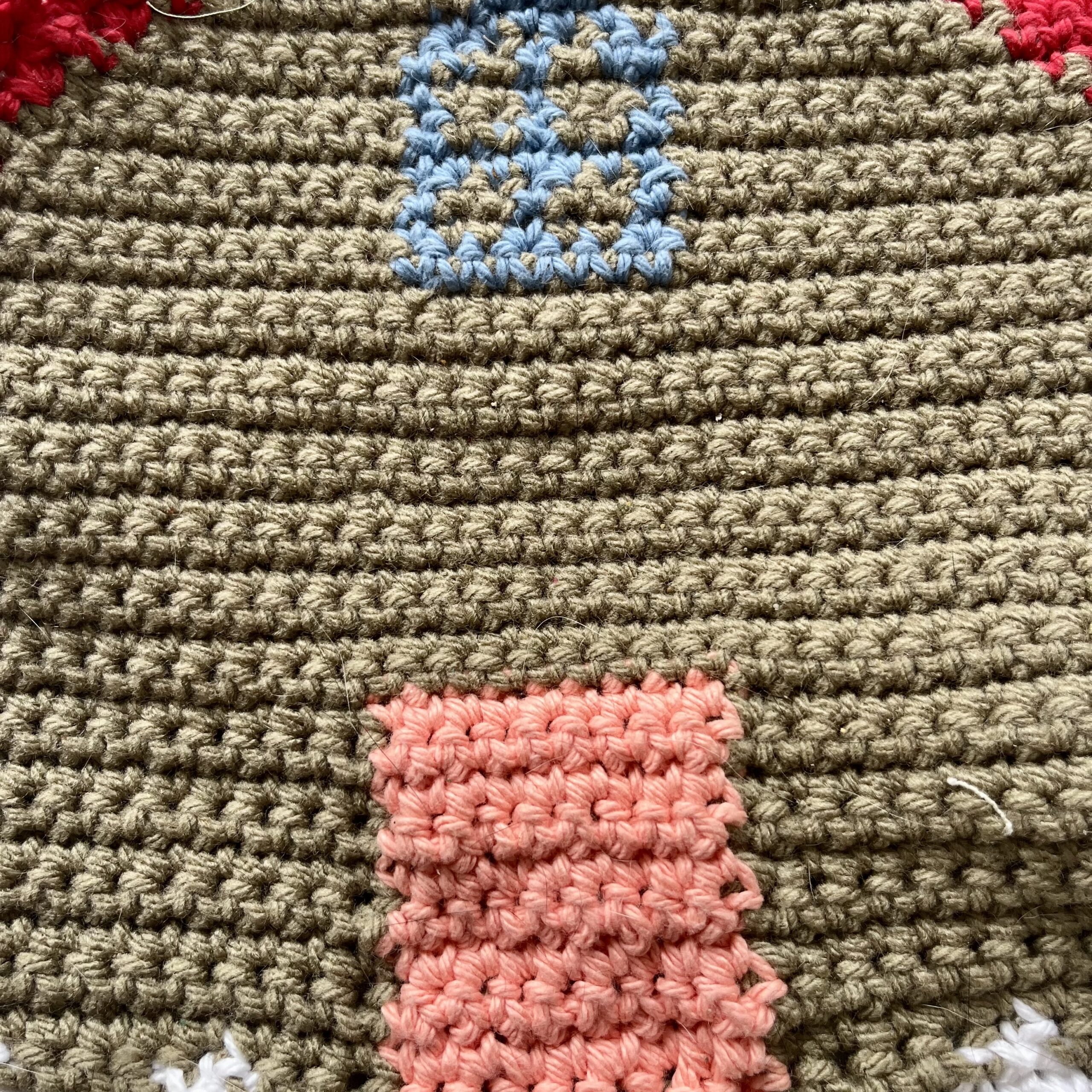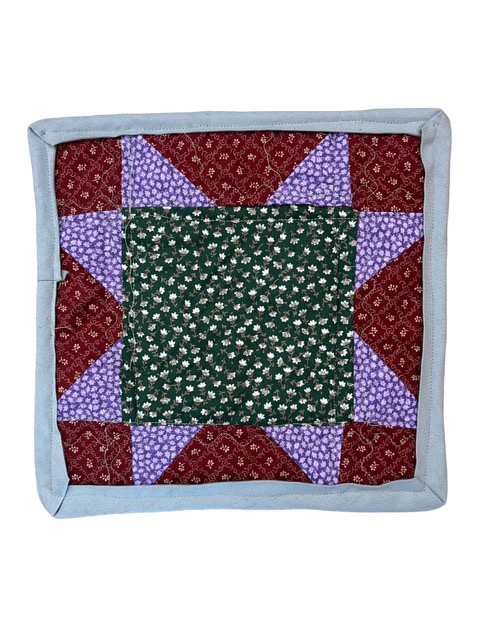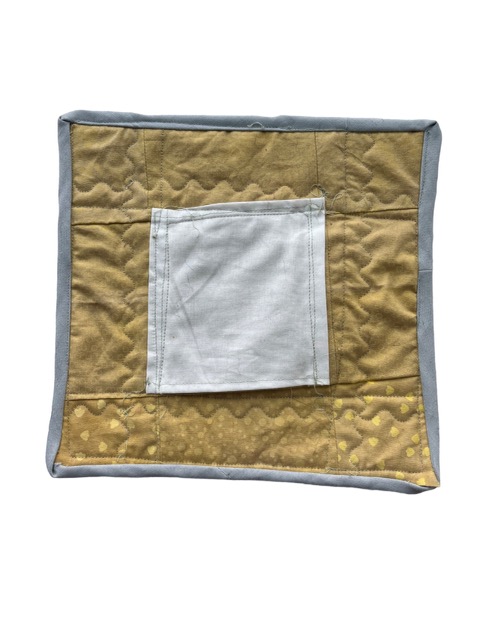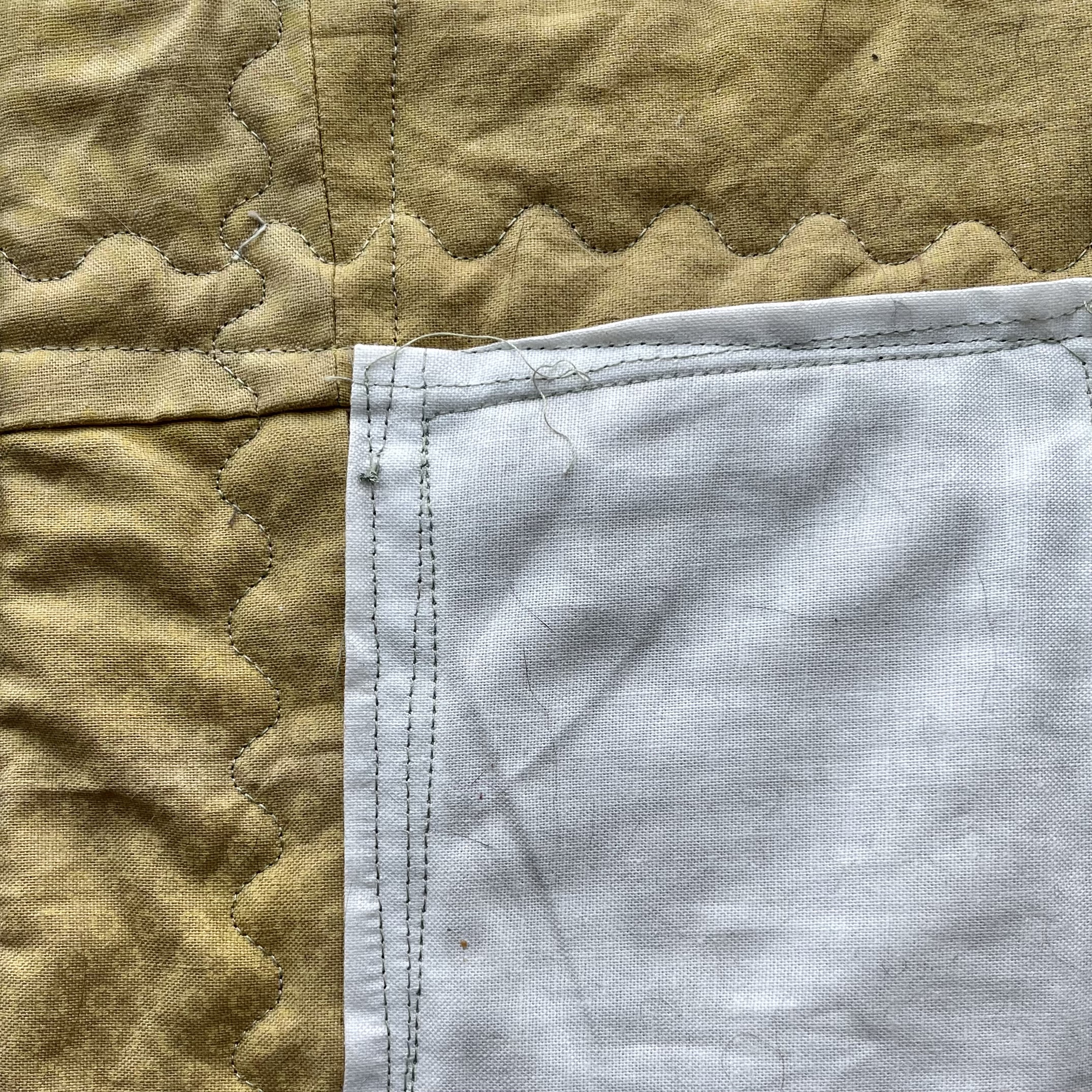This logic of disposability is one echoed in the language around school closings writ large.
Schools Worth Saving
Community Archival Responses to Chicago’s 2013 School Closures
Introduction
In May of 2013, Chicago Public Schools (CPS) made the decision to close over fifty public schools, one of the largest permanent mass school closures nationwide. Public schools in Chicago had been faced with mounting problems in enrollment, with fewer than four hundred thousand students enrolled in a system meant for five hundred thousand students. On top of this, schools were not meeting academic goals, and the district had yearly budget deficits of over six hundred million dollars. By early 2012, former CPS CEO Barbara Byrd-Bennett,1 newly appointed by then-mayor Rahm Emanuel, had made the decision to close public schools that were denoted “under-utilized.” Byrd-Bennett’s plan was to close under-enrolled, underperforming schools, and transfer their existing students to under-enrolled “welcoming” schools with better academic records. The schools closed by Byrd-Bennett, while varying in location, were remarkably similar in demographic. Of the eleven thousand students displaced by the 2013 school closures, eighty-eight percent were Black. Seventy-one percent of the closed schools had a faculty demographic that was primarily Black. In her seminal text Ghosts in The Schoolyard: Racism and School Closings on Chicago’s South Side, Dr. Eve Ewing posits a theory of institutional mourning, which indicates that much like a person may be mourned, a foundational institution in a community, such as a school, might be mourned in the same way.2 Ewing specifies that institutional mourning is especially present in disenfranchised communities, where the closed institution often provided necessary resources to the community. Ewing goes on to articulate the particular ways in which this form of mourning is excluded from the dominant narratives around school closings, and what that means for how the impacts of school closings are portrayed in dominant historical narratives. In my essay and artistic work, I am particularly interested in exploring how those impacted by school closures mourned and found ways of archiving these institutions.
Oral History as a Methodology
I chose to use oral history as a methodology because of the unique role it occupies as an archival practice. One of the key faults Ewing articulates in the portrayal of school closings is the exclusion of personal and communal stories and feelings around neighborhood schools. Oral history prizes personal narratives and storytelling, thus creating a fuller, more embodied history. One of the main criticisms of oral history as a research methodology is that of accuracy and validity. Scholars such as labor historian Alice M. Hoffman posit that oral histories often encounter problems with validity, as there may not be a degree of conformity between reports of an event and first-hand accounts of an event. On the other hand, Hoffman herself contends that all documentation of history is subject to flaws, and that oral history is not particularly distinct in this sense.3 Others even maintain that oral history is perhaps more accurate because it provides first-hand accounts of an event that convey information in a more nuanced way than written reports of an event might.
My own view is that oral history is a methodology that grapples with memory as being fundamentally flawed, and allows for history to be understood as deeply personal and communal. This understanding of history pulls away from statistics or data that might try and quantify experience and emotions, and therefore lies outside traditional understandings of “accuracy.” I would argue that the job of oral historians is not to try and interview in a manner that will produce the most valid or accurate account, but rather to interview in a manner that produces an account most authentic to the experience of the person interviewed.
Narrators
I interviewed two people who had direct experience with school closings in Chicago. The first interview I conducted was with Dr. Rochele Royster, an assistant professor of art therapy at Syracuse University. Royster lived in Chicago for twenty years, and worked as a special education teacher in Chicago Public Schools, experiencing school closures both as a parent and educator. Much of Royster’s work as an educator focused on collaboration with school children, particularly through textile arts. Royster spoke about her collaborations with students in the wake of the school closures, as well as her work with a teacher’s institute at the Museum of Contemporary Art (MCA) on addressing school closings in the classroom. I conducted my second interview with Irene Robinson, a parent and grandparent of students who either had or were currently attending Dyett High School, which was slated to close in 2013. Robinson, along with other parents, faculty, and students, protested the closure of Dyett, and took part in a hunger strike to keep Dyett open. My interview with Robinson focused primarily on her experiences fighting to keep Dyett open, as well as the loss of Overton Elementary, a school her children had attended.
I use the term narrator to refer to Irene Robinson and Rochele Royster in the interviews. The term narrator, rather than “subject” or “interviewee” connotes a sense of agency. In “The Listening Guide: Replacing Judgment with Curiosity,” ethicist and psychologist Carol Gilligan outlines a method for approaching oral histories, which includes the use of the term narrator: Gilligan explains that the methodology forwards the idea that “people construct the story of their lives, that there is a plot or narrative structure, and also a narrator.”4 The term narrator indicates an understanding that both Robinson and Royster are in control of the narrative structure they present, and that they are experts in their own experiences. It facilitates a relationship of trust between the narrator and interviewer by giving credence to the presented narrative.
Analysis
I conducted both of my interviews over Zoom, as both of my narrators were located outside of New York City at the time of the interview. This posed some difficulties in analyzing body language, which is often useful in understanding which lines of questioning the narrator feels hesitant about, and what lines of questioning they feel more excited about responding to. Despite the difficulties of using Zoom to conduct my interviews, both interviews resulted in fruitful conversations around school closings, and community responses to school closures.
- Interview with Rochele Royster
The first interview I conducted was with Rochele Royster, who I first met at a quilting conference in Chicago. Royster used to live in the Bronzeville neighborhood of Chicago, where she worked as a special education teacher at Drake Elementary. During the 2013 school closures, it was announced that Drake Elementary would subsume the nearby Williams Elementary and Williams Middle. The building which once housed both Williams Elementary and Williams Middle would become Urban Prep, a charter school that was known for sending nearly all graduating seniors to college, barring the roughly one-third of students who either drop out or are expelled before graduation.5 For Royster, “it felt like both those schools closed, because we had to come together to make a new student body.”6 This closure was especially poignant for Royster because it impacted not only her job as a teacher, but the education of her children, who went to school in the neighborhood. One of the most egregious impacts of the school closure for Royster was the loss of the name “Williams.” Williams Elementary and Middle were named after Dr. Daniel Hale Williams, the first Black surgeon to perform open-heart surgery. Royster described the general sentiment within the community after the loss of the name “Williams,” saying, “the neighborhood was livid, they were so upset because they felt as if, not only did they have to deal with the school closure, but now it felt as if their heritage, their community was being erased by having this name replaced.”7 Royster describes the loss of the school as simultaneously being a loss of cultural identity associated with the name of the school, and characterizes this as being particularly painful for community members. This resonates with the idea of “institutional mourning” Ewing forwards, in which the loss of a school is a loss of memories and cultural identity associated with the school.8
One of the most striking aspects of my interview with Royster was the urgency with which Royster described wanting to find ways for students to cope with the loss of their school. For Royster, this institutional mourning necessitated a tactile response that would give both her and her students a means of processing the loss of the school. Royster described a series of community art projects she worked on to memorialize the legacy of the school, including murals of Dr. Daniel Hale Williams, and a community quilting project. The onus of Royster’s quilting project was, “so people in the community, maybe elders in the community could bring in a piece of fabric and maybe tell a story to our kids, and we would use that piece of fabric to create our story quilt. To kind of remember and archive the stories of our community.” Here, Royster expressed profoundly the importance of finding ways to archive what was at risk of being lost through the school closure. I was reminded of bell hooks’s “aesthetic inheritances: a history worked by hand,” in which hooks writes about her grandmother’s quilt-making practice, and posits that, for her grandmother, “quilts were maps charting the course of our lives. They were history as life lived.”9 Royster, like hooks, understands quilting as a space of archival practice, particularly for stories that get left out of major archival institutions.
After Royster started her quilting project, a student of hers was shot and killed. She asked students to make dolls to memorialize the life of her student, and the project evolved into students making dolls for every single person who had been a victim of gun violence in Chicago, which she called “Dolls 4 Peace.” Royster describes this project as speaking to the same goals she hoped to accomplish with her quilting project, saying, “what that project really did was, it was the same kind of meditative wrapping and mending using these old fabrics, but also making them special and embellishing them with feathers, or beads and found objects. […] And it was just really moving to see, and the students took what we were learning in the classroom and took it into their kitchens, and into their playgrounds, and started making these dolls, and showing their relatives how to make these dolls, and it just became a bigger thing in which people were facilitating their own healing circles really, while they were making these dolls.”10 The dolls were spaces for students to archive the lives lost to gun violence, while also healing from the violence of the school closing.
2. Interview with Irene Robinson
Many of the themes present in my interview with Rochele Royster resonated with the second interview I conducted with Irene Robinson. Robinson’s proximity to the 2013 school closures was primarily as a parent and grandparent to students at Dyett High School. Robinson spoke about her connection to Dyett, saying, “All of my children went to Dyett. My nieces and nephews went to Dyett. So Dyett was just home to us.”11 The articulation of Dyett as a home was one present in my interviews with Royster, and articulates why community members mourned the loss of closed schools—the loss of their schools was akin to losing a home. Robinson further characterized this mourning, saying, “when we really realized that our school was closing, it was like a death, but more than one. It was like we had been bombed and so many of our children were just scattered everywhere. […] It was a lot of pain in the process.”12 The loss of the school as a death is one that Ewing also invokes in the description of institutional mourning.
Dyett High School, located in the Bronzeville neighborhood of Chicago, and the school’s community, were faced with an impending closure in 2011. Parents of students at Dyett received letters from then-CPS CEO Jean-Claude Brizard,13 in which Brizard wrote that the school was not meeting students’ needs, and that students would be phased out until Dyett’s final closure in the 2014-2015 school year. Faculty, students, and parents were enraged at Brizard’s decision to close Dyett and the callous way in which it was announced to them. Much like Williams Elementary and Middle, Dyett’s name was of particular importance to Robinson and other members of Dyett’s community. Dyett’s name is notable for being one of few schools in the Chicago Public Schools system named after a teacher. Walter Henri Dyett, Dyett High School’s namesake, set an important precedent for the values the community around Dyett upheld. Dyett was known for his role as a beloved music teacher in Bronzeville. He inspired a love for music in all of his students, the likes of which included Von Freeman, Nat King Cole, and thousands of Bronzeville residents. Walter Henri Dyett’s work was the result of a dedication to the Bronzeville community, and the loss of a school named for him felt like an erasure of his dedication.
In 2013, Robinson and other Dyett community members came together to form the Coalition to Revitalize Dyett. They attended Board of Education meetings, and submitted petitions to CPS, but the decision to close Dyett remained unchanged. In September of 2015, the coalition announced their hunger strike. Members of the coalition vowed not to eat until the mayor and Chicago Board of Education vowed to go forward with their proposal and reopen Dyett as Dyett Global Leadership and Green Technology High School. Dyett hunger strikers continued to attend Chicago Board of Education meetings, despite their inaccessibility to the general public, with the register closing only a few minutes after it opens in the early hours of the morning. The meetings are scheduled at 10:30 on Wednesday mornings, a time that is often already occupied for working-class people, such as the parents and faculty from Dyett. Despite this, Robinson’s fellow hunger striker Jeannette Taylor-Ramann attended, and took the podium at a Chicago Board of Education (CBOE) meeting, where she proclaimed “the only mistake I ever made was being born Black.”14 Taylor-Ramann’s statement at the CBOE meeting was one Robinson echoed. Robinson posited that school closings were fundamentally a form of anti-Black violence, saying “it’s still painful to this day, and it’s scary because they continue to push policies on Black and brown parents and schools like that, that truly harm us, harm our children mentally and physically. […] it’s a death sentence to us with our children. It’s like prison or the graveyard. Those are the two options they truly give Black and brown parents.” Much of Robinson’s explanation of the anti-Blackness of school closings speaks to Christina Sharpe’s theorization of “anagrammatical anti-blackness.” In her book In the Wake: On Blackness and Being, Sharpe posits a theory of “anagrammatical anti-blackness,”15 which views anti-Black violence as cyclical. Anti-Black violence, according to Sharpe, may be obfuscated by legality and language in order to look more benevolent, but the violence is, in essence, the same violence of slavery. Thus, for Sharpe, anti-Blackness functions as an anagram, reorganizing itself and repeating. Dyett’s closure, and the 2013 school closures in Chicago affected primarily Black populations, and although they were made to look benevolent, displaced thousands of Black students, faculty, and parents.
Robinson participated in the hunger strike, and has recently been working on a community quilt that documents the violence of school closings. Robinson used material from her children’s old school uniforms, saying, “I wanted to use some of the material to make the quilt kind of symbolic.” Much like Royster, Robinson spoke about creating the quilt with urgency, saying “I needed to do it.” Dyett’s hunger strike and Robinson’s quilt can be considered what Sharpe terms “wake work.” Wake work is defined by Sharpe as “keeping and putting breath back into the Black body,” a form of self or communal care to provide a form of address to anagrammatical anti-Blackness. The community response to news of Dyett’s closure provides a powerful example of wake work—forms of survival and resistance in response to anti-Blackness as an oppressive force.
Artistic Practice
I was inspired by both Robinson and Royster’s work with textiles as means of archiving community stories, and wanted to find a tactile way of representing the narratives Robinson and Royster presented in our interviews. I created two textile pieces with embedded voice recorders containing quotes from the interviews. The first piece I created was a tapestry crochet piece of a house, to represent the ways in which both Robinson and Royster characterized schools as homes for community members. I included a recorded quote from my interview with Royster, in which Royster says:
The school closings that happened in 2013, I think, were so disrespectful and just, I still have very strong feelings about it. Not only was my school closed, but my kids’ schools were closed as well, ‘cause we lived in the same neighborhood. And, um, when our school went to the other school there was a lot of conflict because the kids had to cross a gang line to get to the other school. Not only that, the school we were taking over was named after Dr. Daniel Hale Williams who was a Black surgeon, the first one to do open heart surgery. And they completely erased his name from the school, and it became Drake Elementary, which Drake is named after, you know the Drake hotel? A white man. And so the neighborhood was livid, they were so upset because they felt as if, not only did they have to deal with the school closure, but now it felt as if their heritage, their community was being erased by having this name replaced […] That’s why it was so much bigger than a building, right? These schools were really pillars in their communities, I had kids in my classroom whose grandparents had gone to these schools. So you’re not just shutting down a school, but you’re shutting down culture, you know? You’re, it was, oh my god it was rough.
This quote spoke to major themes of institutional mourning, and the erasure of memories and cultural heritage. The second textile piece I created was a miniature quilt with a sawtooth star pattern. I wanted to honor both Robinson and Royster’s quilting work, as well as the unique role quilting has played in struggles for community power and liberation. I used a quote from my interview with Robinson, in which Robinson says:
I would like to say this on the record: school closing is a hate crime. In multiple ways. And a lot of times it’s unseen until after you see the harm that it caused. It was, it was like when we really realized our school was closing, it was like a death, but it was more than just one. It was like we had been bombed, and so many of our children was just scattered everywhere. Parents did not know what to do. It was a lot of pain in the process. It’s still painful to this day, and it’s scary. Because if they continue to push policies on Black and brown parents and schools like that, that truly harm us, harm our children mentally and physically, that’s—we’re all in trouble. Because there’s so many children left behind. And the option for our children, and most African American women and other women who are dealing with poverty, it’s a death sentence to us with our children. It’s like, prison or the graveyard. Those the two options. They truly kill Black and brown parents. How can you build brand new schools and yet close schools in our community. That’s evil.
Both Royster and Robinson in these quotes speak to the lasting impact school closings have had on their own lives, as evidenced by Robinson stating, “it’s still painful.” Robinson also articulates how anti-Blackness undergirds school closings, and speaks to how school closings are representative of broader initiatives to harm Black communities, and further characterizes school closings as a form of anagrammatical anti-Blackness.
Conclusion
In the letter Jean-Claude Brizard wrote to Dyett parents announcing it’s closure, Brizard wrote “there are some schools so far gone that you cannot save them.”16 This logic of disposability is one echoed in the language around school closings writ large. The work of both Royster and Robinson was a labor of love, a form of “wake work” that breathed life back into the community. Writing about the fight to keep Dyett open, Ewing writes that the fight to save closed schools was “about honoring the everyday moments that make a school a place of care, a home, a site of history. It was about saying this is not a failed school, and we are not a failed people. We know our history. We will prevail. You will not kill us.” Royster and Robinson’s work in fighting to keep their schools open, and archiving the history of those schools is precisely about this: honoring the histories of their schools as “a place of care, a home, a site of history.” Their resilience presents alternative models for understanding how archives portray disenfranchisement.
- In 2016, Byrd-Bennett pleaded guilty to fraud charges in a multimillion dollar kickback scheme, in which she directed $23 million worth of no-bid CPS contracts towards her former employer, SUPES Academy, in exchange for ten percent of that amount. Byrd-Bennett was convicted and sentenced to fifty-four months in federal prison.
- Eve Ewing, Ghosts in the Schoolyard: Racism and School Closings on Chicago’s South Side (Chicago: University of Chicago Press, 2018).
- Alice M. Hoffman, “Reliability and validity in oral history”, Communication Quarterly 22, no. 1 (1974): 23-27.
- Carol Gilligan and Jessica Eddy, “Listening Guide: Replacing Judgment with Curiosity,” Qualitative Psychology 8, no. 2 (2021): 142.
- Noreen S. Ahmed-Ullah et al. “CPS: Expulsion rate higher at charter schools,” Chicago Tribune, last modified February 26, 2014, https://www.chicagotribune.com/news/ct-xpm-2014-02-26-ct-chicago-schools-discipline-met-20140226-story.html.
- Rochele Royster in discussion with Sarika Doppalapudi, March 2023.
- Royster.
- Ewing, Ghosts in the Schoolyard, 126.
- bell hooks, “aesthetic inheritances: a history worked by hand” in Belonging: A Culture of Place, 1st ed. (New York: Routledge, 2008), 121.
- Royster.
- Irene Robinson in discussion with Sarika Doppalapudi, March 2023.
- Robinson.
- Jean-Claude Brizard occupied the position of CPS CEO for seventeen months, and was then replaced by Barbara Byrd-Bennett. Brizard stepped down from his position as CPS CEO after a meeting with ex-mayor Rahm Emanuel, in which it was reported that Emanuel and Brizard came to the agreement that Brizard was a “distraction” to school reform.
- Ewing, Ghosts in the Schoolyard.
- Christina Sharpe, In the Wake: On Blackness and Being (Durham: Duke University Press, 2016).
- Ewing, Ghosts in the Schoolyard.
